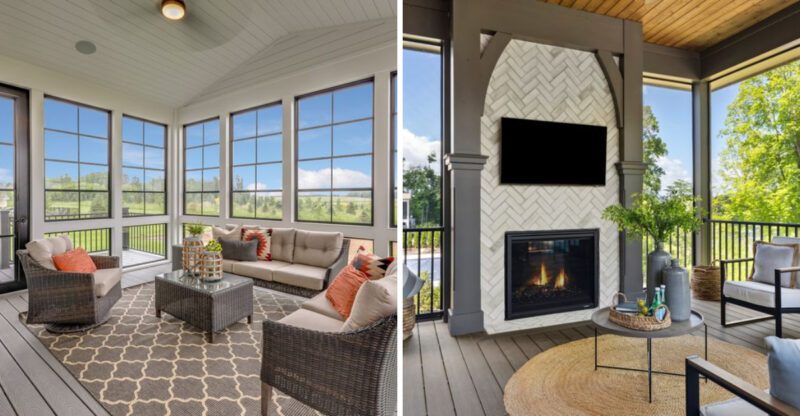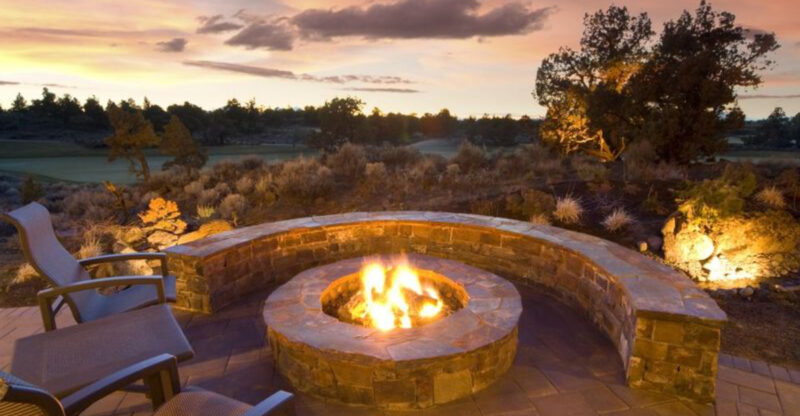21 Landscaping Features That Are Really Annoying Your Neighbors, Real Estate Pros Say

Your yard might be your pride and joy, but some landscaping choices can turn neighbor relations sour faster than wilting flowers. Real estate professionals regularly hear complaints about certain outdoor features that cause friction between otherwise friendly neighbors.
Before you invest in that next backyard project, consider how these common landscaping elements might be secretly driving your neighbors crazy.
1. Towering Privacy Hedges
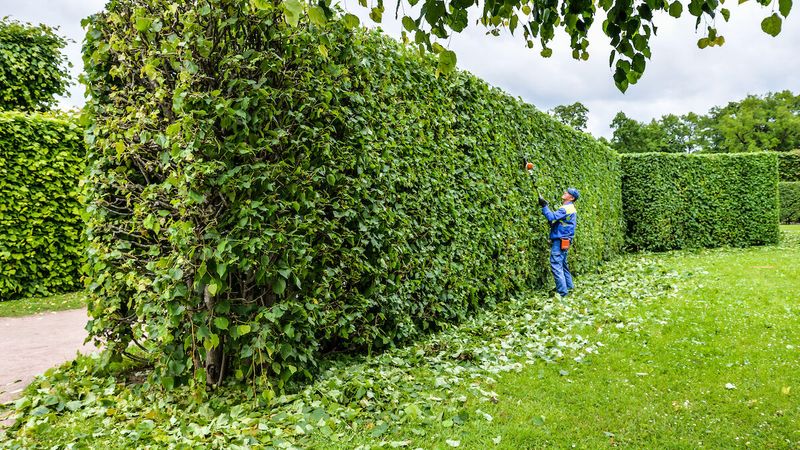
Creating a wall of greenery might seem like the perfect solution for privacy. These dense barriers often block crucial sunlight from neighboring gardens and create maintenance headaches when they creep over property lines.
Unruly hedges can quickly become neighborhood eyesores when left untrimmed. Consider maintaining them at a reasonable height or exploring alternative privacy options that won’t cast permanent shadows.
2. Intrusive Security Lights

Nothing disrupts peaceful evenings like a spotlight beaming directly into bedroom windows. Poorly aimed security lighting can illuminate far more than your own property.
Motion-activated floodlights often trigger at all hours, disturbing sleep patterns. Install properly shielded fixtures with appropriate brightness levels and carefully direct them downward to maintain security without creating light pollution for those living nearby.
3. Noisy Water Features
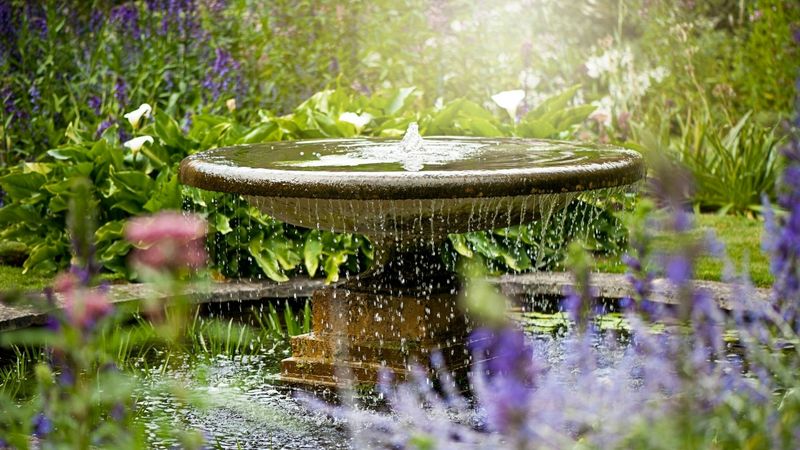
The constant splashing sound you find relaxing might be driving your neighbors to distraction. Water features with powerful pumps create surprisingly far-reaching noise pollution.
Backyard waterfalls particularly frustrate neighbors during quiet evening hours. Choose smaller, subtler water elements with adjustable flow rates, and consider positioning them away from property lines where the sound won’t travel directly to neighboring yards.
4. Unkempt Compost Piles
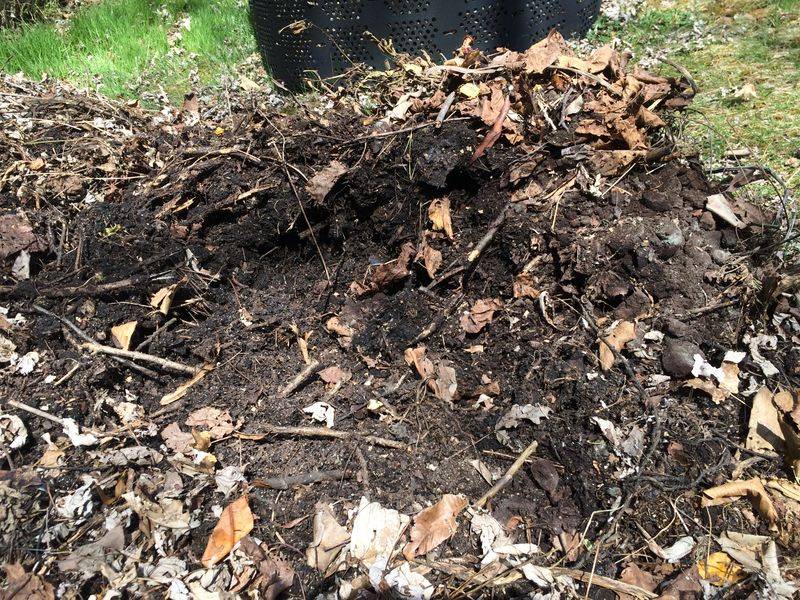
Your eco-friendly intentions don’t excuse the odors wafting over the fence. Improperly managed compost heaps attract unwanted wildlife and emit unpleasant smells that neighbors can’t escape.
Rotting food scraps particularly offend when summer temperatures rise. Invest in a proper compost bin with a secure lid, maintain appropriate carbon-to-nitrogen ratios, and position it far from shared boundaries to keep the peace.
5. Invasive Bamboo Plantings

Fast-growing and nearly impossible to contain, bamboo quickly becomes a neighborhood menace. The aggressive root systems tunnel under fences, emerging unexpectedly in adjacent gardens.
Homeowners often underestimate bamboo’s invasive nature. If you absolutely must have bamboo, choose clumping varieties rather than running types, and install proper root barriers at least 30 inches deep to prevent unwanted spreading.
6. Overgrown Lawn Weeds
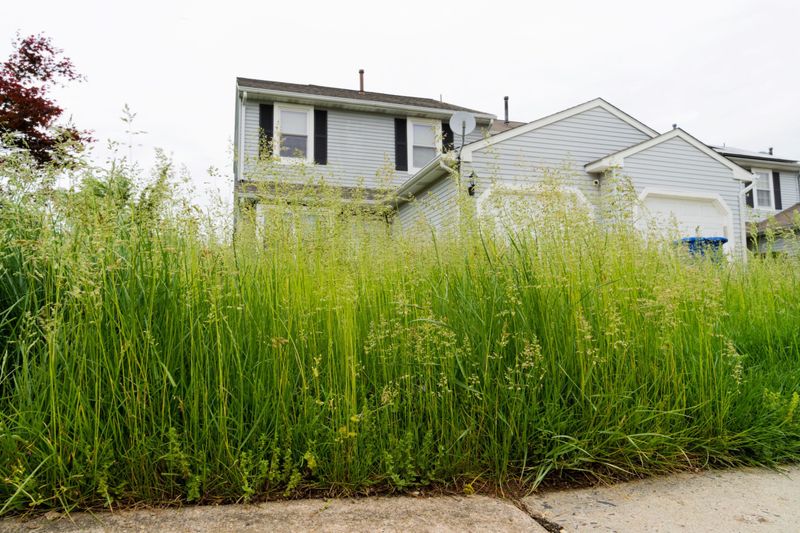
Dandelion seeds don’t respect property lines. Neglected lawns become weed factories, spreading thousands of seeds to meticulously maintained neighboring yards with each breeze.
The battle against airborne invaders frustrates even patient gardeners. Regular mowing before weeds go to seed, proper fertilization schedules, and prompt treatment of problem areas show consideration for your neighbors’ landscaping efforts.
7. Messy Bird Feeders

Attracting feathered friends seems harmless until seed hulls and bird droppings rain down on the neighbor’s patio. Poorly positioned feeders create cleaning headaches for adjacent properties.
The constant mess drives some neighbors to frustration. Place feeders away from property lines, install seed catchers beneath them, and periodically clean surrounding areas to prevent the buildup of shells and waste.
8. View-Blocking Trees

Your shade tree might be stealing someone’s mountain vista or water view. Strategic plantings sometimes unintentionally eliminate the scenic outlooks that influenced neighbors’ home-buying decisions.
Property values can actually decline when views disappear. Consider the mature height and spread of trees before planting, and be willing to prune or remove problematic specimens that significantly impact neighbors’ enjoyment of their property.
9. Fruit Trees Near Boundaries

Fallen fruit attracts wasps, rodents, and other unwelcome visitors to neighboring yards. Overhanging branches drop their sticky bounty onto cars, decks, and meticulously maintained gardens.
Ripe fruit quickly transforms from blessing to nuisance. Position fruit trees well away from property lines, harvest diligently when fruit ripens, and promptly clean up any fallen produce to maintain neighborly harmony.
10. Poorly Maintained Pools
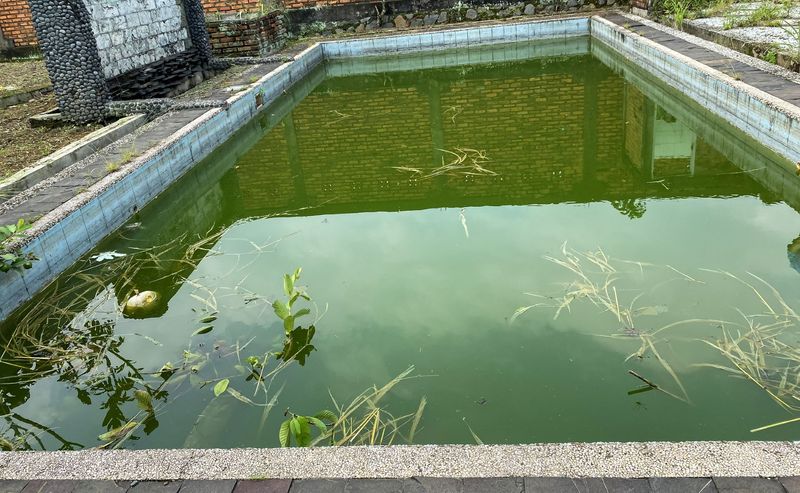
Green, stagnant water becomes a mosquito breeding ground that affects everyone nearby. Neglected swimming pools quickly transform from luxury to neighborhood health hazard.
The constant buzzing drives outdoor enjoyment to a minimum. Maintain proper chemical balances, run filtration systems regularly, and consider installing a pool cover when not in use to prevent creating an insect paradise that plagues adjacent properties.
11. Unsightly Yard Art

Your collection of garden gnomes, pink flamingos, or concrete statuary might not match your neighbor’s aesthetic vision. Decorative elements that seem charming to you can be visual pollution to others.
Excessive lawn ornaments potentially impact property values. Consider limiting decorative elements to areas less visible from neighboring properties or creating visual barriers like strategic plantings to soften their impact.
12. Improperly Directed Drainage

Water should stay on your property, not flow toward your neighbor’s foundation. Poorly planned landscaping often redirects rainfall in problematic directions, causing erosion and potential structural damage.
Flooding basements create lasting resentment. Consult with landscaping professionals to ensure proper grading, install appropriate drainage solutions, and direct downspouts away from property lines to prevent water-related disputes.
13. Towering Wind Chimes
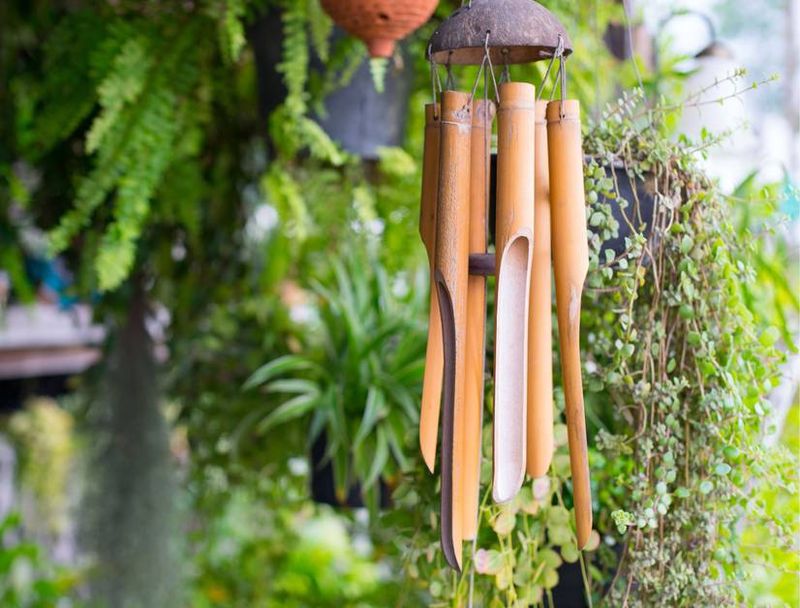
Melodic tones that soothe your soul might be an inescapable irritation for others. Large wind chime collections create constant noise that neighbors can’t control or escape.
The never-ending symphony becomes particularly frustrating during windy seasons. Choose smaller chimes with gentler tones, position them away from bedrooms and living areas of neighboring homes, or consider taking them down during particularly blustery periods.
14. Neglected Tree Maintenance
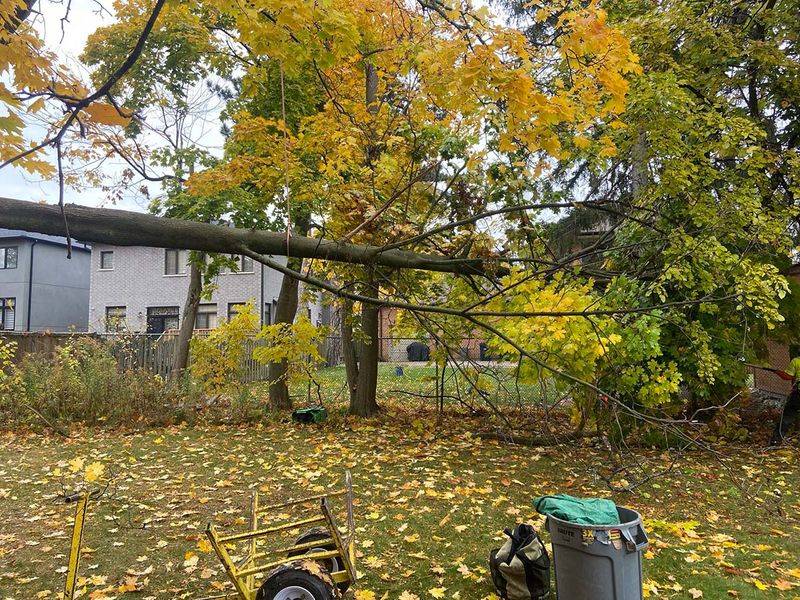
Dead branches don’t announce before falling onto neighboring property. Unmaintained trees pose serious safety risks to adjacent homes, vehicles, and people.
Liability issues arise when neglect leads to property damage. Regular professional inspection and pruning of trees near property lines demonstrates responsibility and prevents potentially costly disputes when storms inevitably test structural integrity.
15. Chemical Overspray
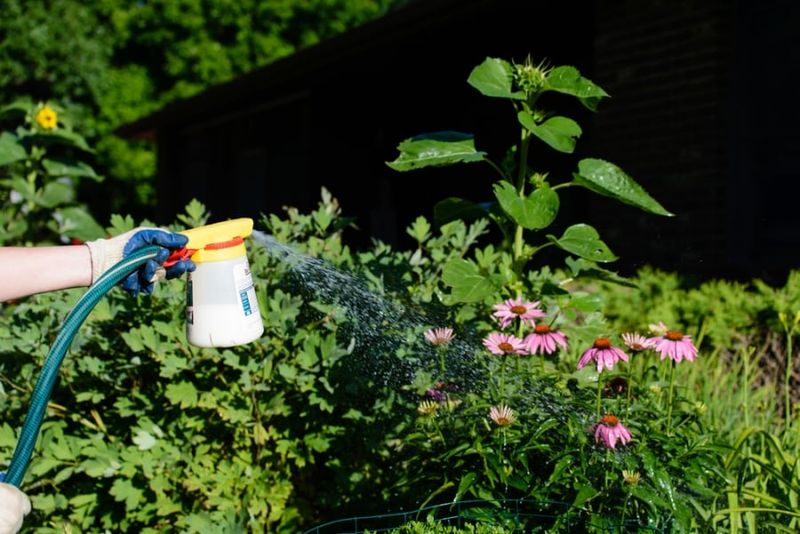
Fertilizers, pesticides, and herbicides don’t recognize property boundaries. Wind-carried chemicals can damage neighboring plants, harm pets, and potentially affect human health.
Children particularly face risks from lawn treatment drift. Apply chemicals only on calm days, create buffer zones near property lines, and consider organic alternatives that won’t cause concern if they accidentally migrate to adjacent yards.
16. Overlooking Fire Pits

Smoke doesn’t rise straight up, especially when positioned near property lines. Backyard fire features often send irritating smoke directly into neighbors’ open windows or outdoor living spaces.
Late-night gatherings around flames frustrate early-rising neighbors. Position fire pits away from property boundaries, be mindful of wind direction before lighting, and extinguish fires at reasonable hours to maintain good relationships.
17. Artificial Turf Heat Islands

Synthetic grass creates surprising temperature increases that affect adjacent properties. These plastic installations reflect heat onto neighboring plants and outdoor living spaces, significantly raising local temperatures.
The environmental impact extends beyond your property line. Consider limiting artificial turf to small areas, positioning it away from boundaries, or installing natural barriers to mitigate the heat island effect on surrounding properties.
18. Unruly Vine Coverage

Charming English ivy and wisteria quickly become property-line invaders. These aggressive climbers don’t recognize boundaries, attaching to neighboring structures and causing potential damage.
Vines can lift siding and destroy mortar between bricks. Regular pruning to maintain appropriate boundaries and installing proper trellises away from property lines helps contain these botanical overachievers before they become a source of neighborhood tension.
19. Unmaintained Fencing
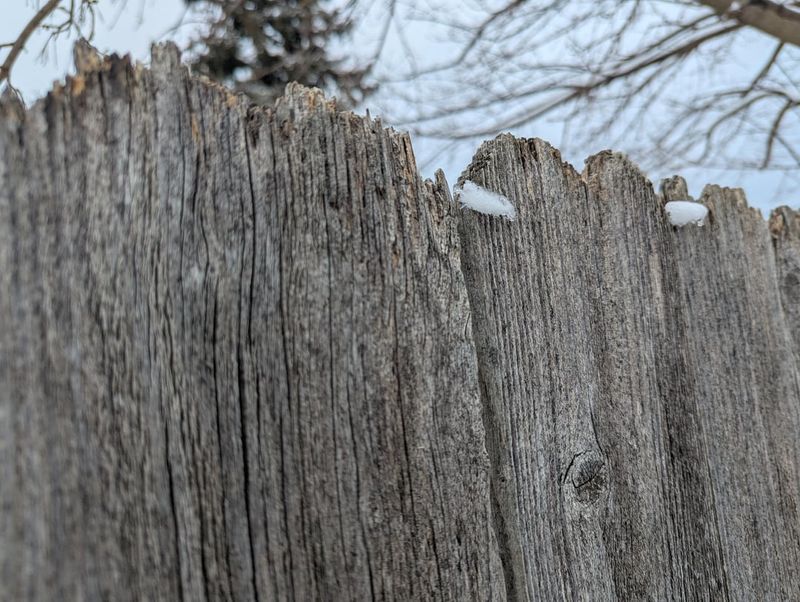
Rotting wood and rusting metal create eyesores visible from both sides of the property line. Neglected fencing quickly becomes a neighborhood blight that no one wants to address.
Disputes over repair responsibilities often emerge. Regularly inspect shared boundaries, promptly address maintenance issues, and clearly communicate with neighbors about repair plans to prevent fencing from becoming a source of community tension.
20. Early Morning Landscaping Noise
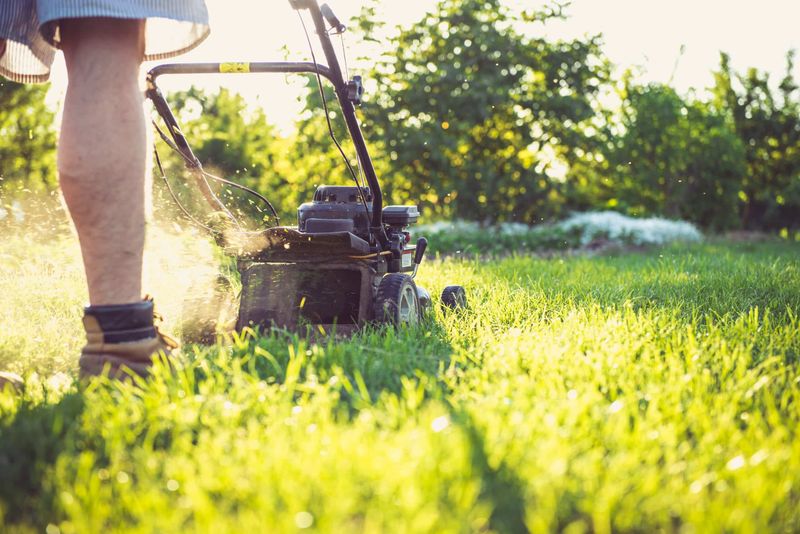
Firing up the lawn mower at dawn shows little regard for neighbors’ sleep schedules. Power equipment creates significant noise pollution that penetrates walls and disrupts weekend relaxation.
Consistent early-morning maintenance particularly frustrates night-shift workers. Reserve louder outdoor tasks for reasonable hours, typically after 9 AM on weekdays and later on weekends, to demonstrate consideration for those living nearby.
21. Excessive Outdoor Lighting
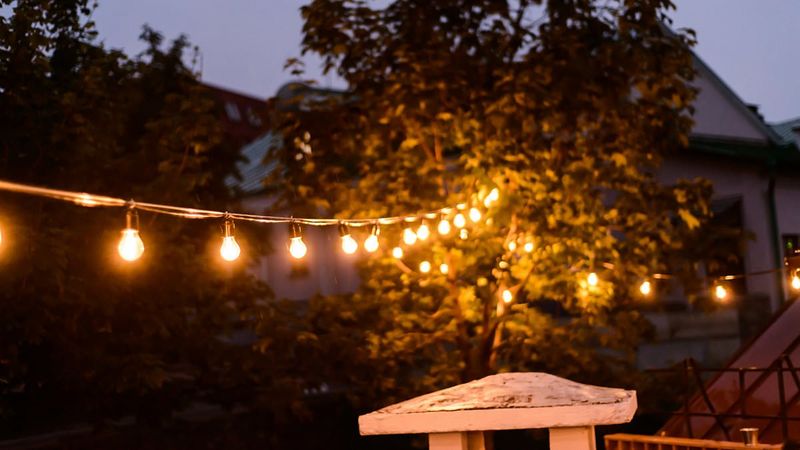
Transforming your backyard into a nighttime showcase creates light pollution that disrupts natural cycles. Decorative lighting often spills beyond property lines, affecting wildlife patterns and human sleep quality.
Constant illumination particularly impacts stargazing enthusiasts. Install timers to turn off non-essential lighting at reasonable hours, use downward-facing fixtures, and choose warm-toned bulbs at appropriate brightness levels to minimize neighborhood impact.



